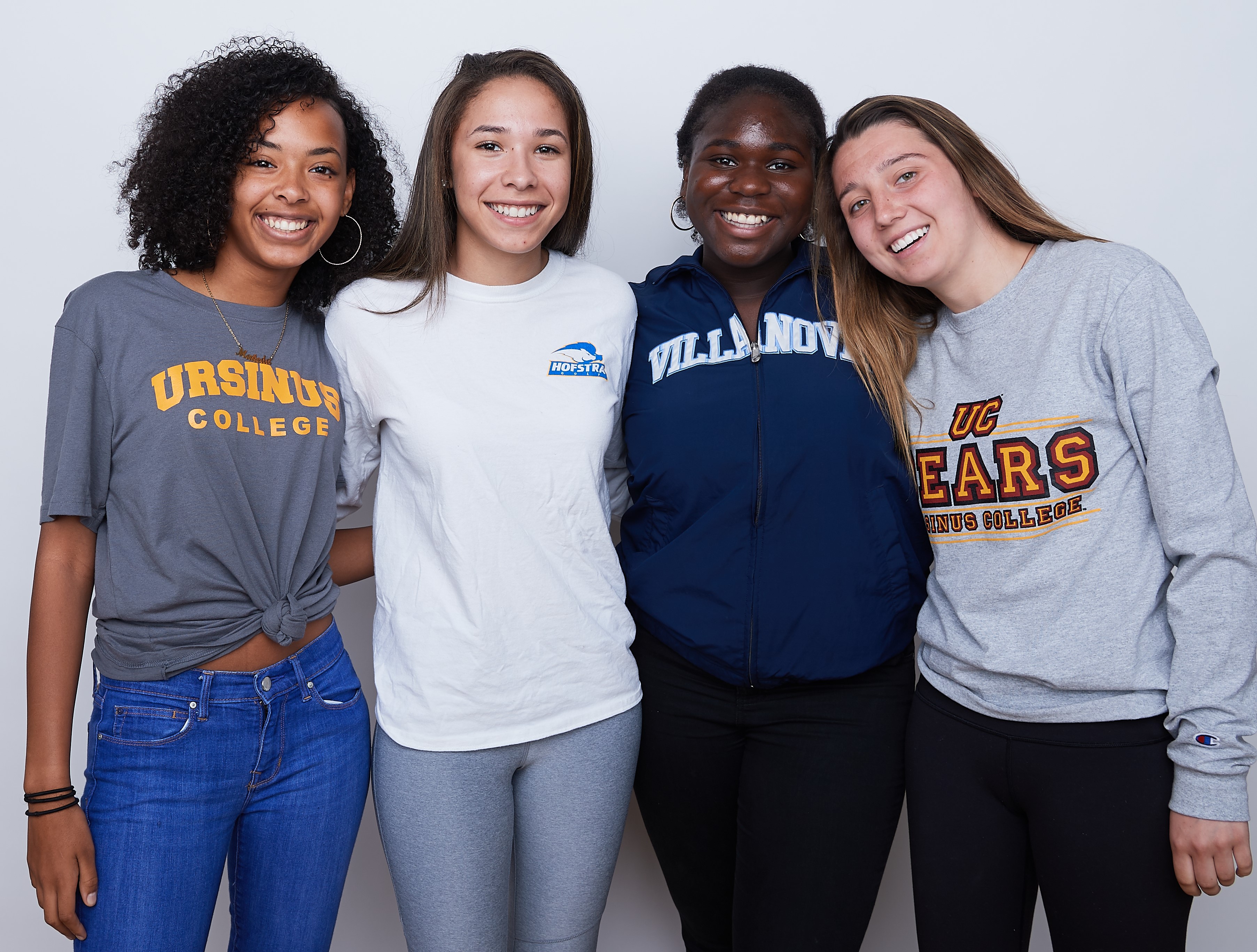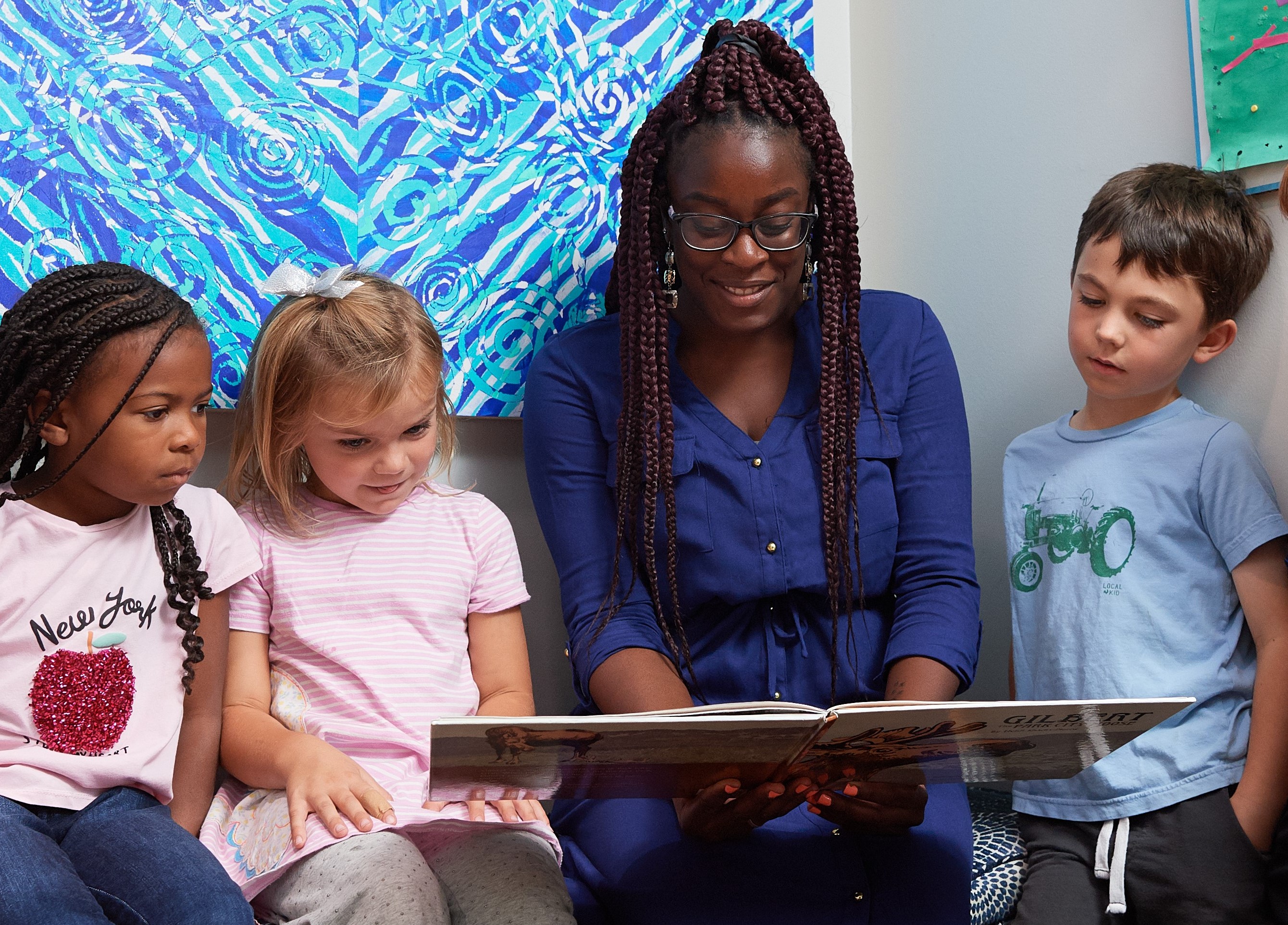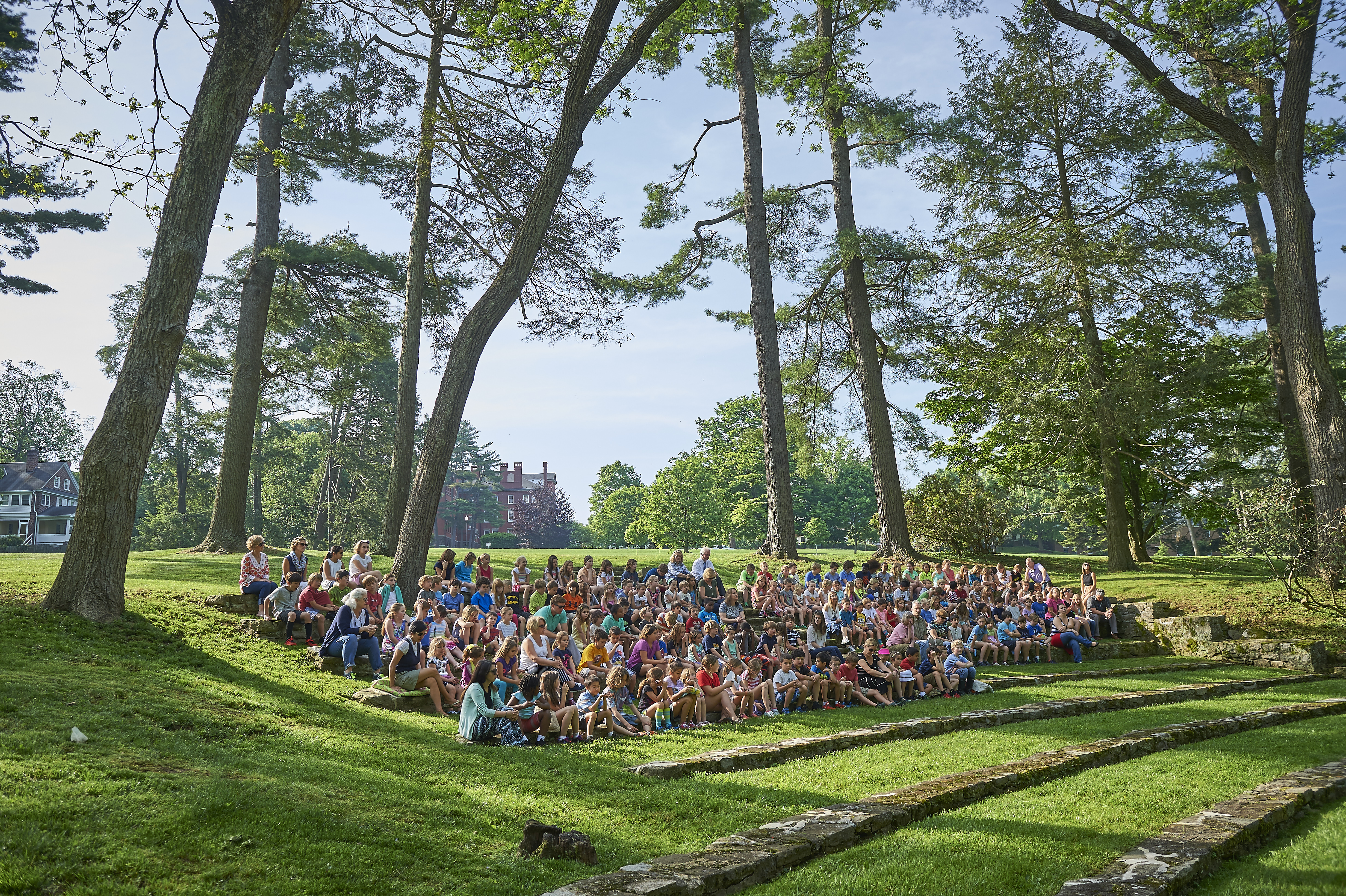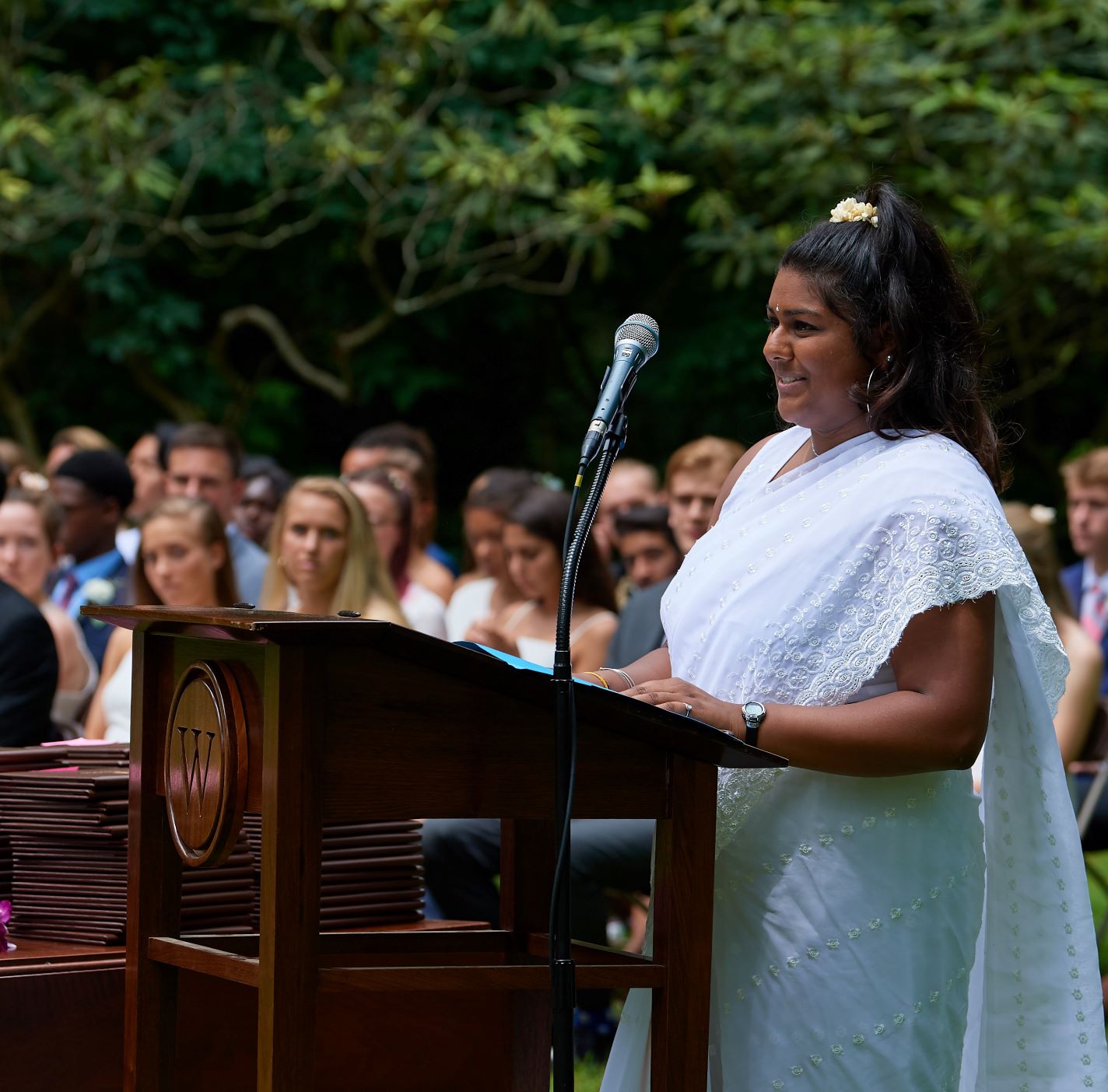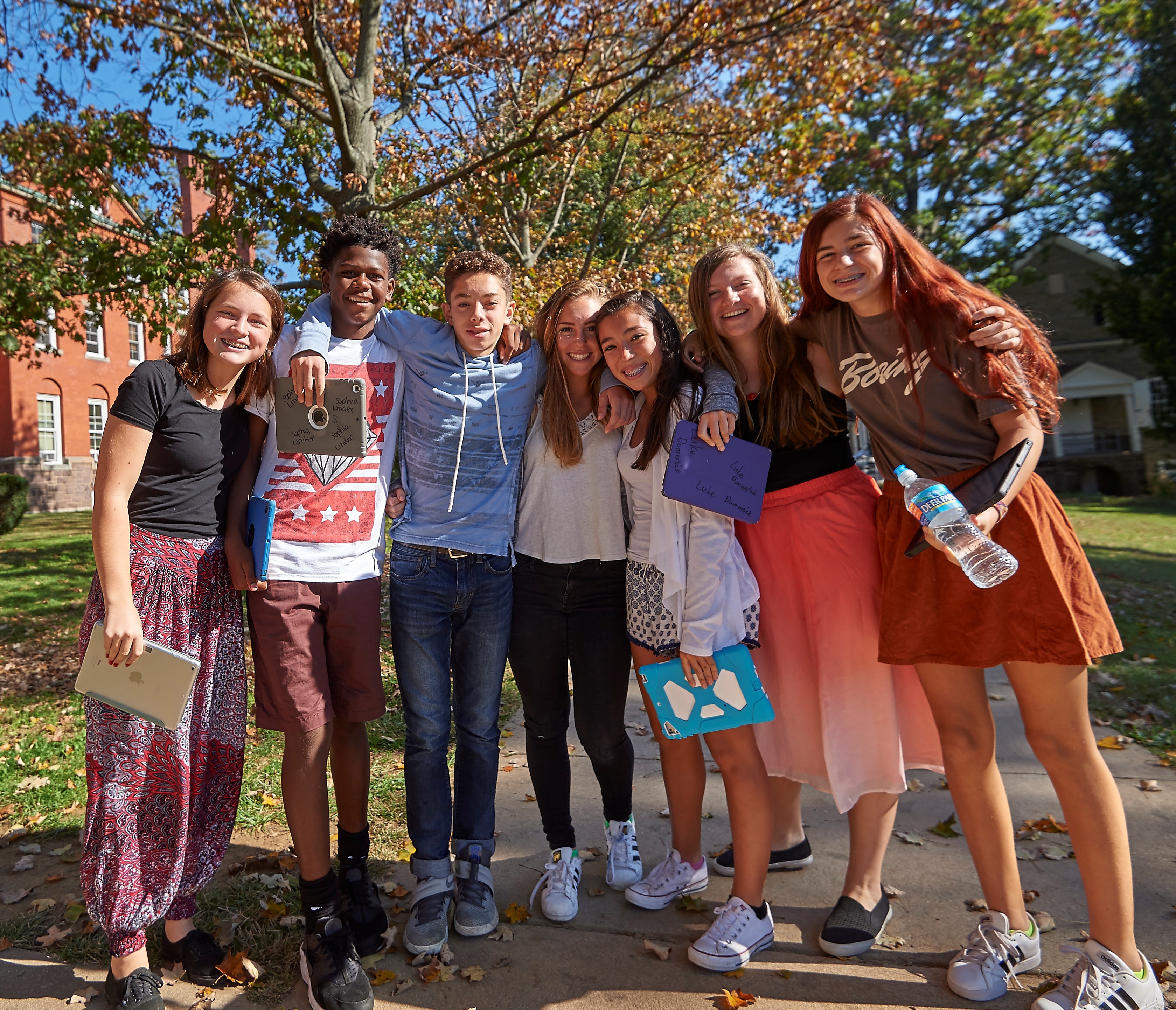In response to the violence of systemic racism that we have witnessed these past weeks, I want to offer ways in which all of us can engage in nonviolent action. As a woman of color, I have been re-traumatized by the deaths of George Floyd, Breonna Taylor, and Ahmaud Arbery. I have felt despair and am still working through my own pain and anger at how black and brown lives are not valued or protected. I know I am not alone in these feelings and I want to offer suggestions in ways to heal and take action.
The way in which this kind of violence affects people of color and white people are different and therefore require a different response. Below are suggestions for people of color, for white people, and some that apply to all of us.
Topics: Raising Resilient, Healthy Teens, Communication and Children
In March of 2000, I was in Washington, D.C. and overheard a colleague speaking about a Buddhist psychologist named Tara Brach who would be speaking that evening at an after-dinner event. Instantly hooked by the Buddhist-psychologist combo, I decided to attend. Within minutes, I was mesmerized by this small, soft-spoken, gentle woman whose quiet, melodic voice and light green compassionate eyes immediately sent me into a highly relaxed state. In her talk on radical acceptance, she spoke about the idea of moving towards what upsets us rather than moving away from it (with the use of denial, distraction, or otherwise). In fact, she recommended a most revolutionary idea which came to her as she was speaking to us (talk about being present in the moment and how creativity springs forth). Dr. Brach instructed us: “Invite your fear to tea.” I have practiced this approach and have taught this to so many patients over the years and it is a game changer! You may wonder, How can I apply this to our current situation? The script can sound something like: “Hello, Coronavirus, would you like to come to my porch and discuss some items over tea? Perhaps we can chat about what’s been going on in the world. Where you are going with this, because I am scared, disoriented, sad, and weary and after all, I do have a life to get back to.o, scratch that, reset...I have to accept you are here and that I need to make some adjustments and changes in my life, so that I can then see a new way forward with possibilities that can ground me and center me back into life again.”
Topics: Communication and Children, Inspiring the Best in Kids
We humans are meaning-making machines and it is ultimately our perception (or what our mind chooses to see) that informs the story we tell ourselves and others about what is happening and what it means. As a graduate student of psychology, perception was an area of study that I did not fully appreciate and simply experienced as a topic to review and file away. Thirty years later, I believe that perception is everything and that it is one of the most powerful tools that human beings possess. Perception determines and drives our approach, attitude, and actions in any given situation. The current global pandemic we are facing —and our varying responses to it— is a testament to the power of perception and how it impacts our experience, our behaviors, and the choices we make moment to moment. Even though our perceptions are informed and shaped by our personal life experiences, we humans have the capacity and the freedom to choose what we see, what we hear, and how we feel. These become the threads that weave the story that we tell.
Topics: Inspiring the Best in Kids
If you are either a current 9th or 10th grader or the parent of one, it is likely that college prep has or will soon come up in conversations. Realizing this, Westtown School’s Director of College Counseling visited our ninth and tenth-grade students in early February and shared these thoughts about college.
At this point, our recommendations about college are always about how to make the most of high school. We want students to work hard and learn a lot, not just because strong grades look impressive to colleges, but because the learning you gain along the way will make you a better student and a more interesting person. Looking good is nice, but if you go through high school trying to merely look good (for college or anyone else) instead of being your full self, you won't have a very satisfying experience.
Topics: Raising Resilient, Healthy Teens, Inspiring the Best in Kids
When I was younger, as a child of color in a household with parents who were also of color, talking about race was so common I don’t remember a time when we didn’t talk about it. I remember feeling proud and empowered about my racial identity. When I was faced with discrimination or hurtful stereotypes, even though it was painful, the foundation my parents helped create allowed me to talk about the experience knowing that I was more than a stereotype.
I knew that I could find support at home, but it was hard to talk with my white friends about these incidents. They rarely, if ever, had similar conversations at home. Their lack of ability to talk about race made it almost impossible to have a productive or restorative conversation.
Topics: Inspiring the Best in Kids
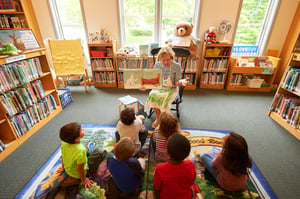 Family holiday traditions are important to give our children a sense of connectedness and history. This holiday season, consider creating a new tradition of building a family collection of holiday stories. The books can be packed away at the end of the season and tucked away until next year, so they become beloved, anticipated stories to share over the years. Perhaps you can start your tradition with one of these new titles:
Family holiday traditions are important to give our children a sense of connectedness and history. This holiday season, consider creating a new tradition of building a family collection of holiday stories. The books can be packed away at the end of the season and tucked away until next year, so they become beloved, anticipated stories to share over the years. Perhaps you can start your tradition with one of these new titles:
The Shortest Day, by Susan Cooper - With stunning illustrations by Carson Ellis, this book celebrates the winter solstice and our relationship with the Earth’s cycles.
My First Kwanzaa, by Karen Katz - With bright collage illustrations, this book is a good introduction to the celebration of the seven days of Kwanzaa.
Topics: Inspiring the Best in Kids
Finding Peace (and Hope) at School
Posted by Westtown Lower School Students & Faculty on October 31, 2019
Quakers use queries in different ways to encourage self-awareness for individuals and the community, to gain clarity, and to guide decision making. The first query of the year for the Lower Schoolers at Westtown School focused on the Quaker testimony of peace. For several days, students reflected on the query through class discussions and journal writing. Below is an excerpt from the minutes of a special Meeting for Worship called a Meeting for Business where students and faculty shared their thoughts on how to describe peace and how to work through conflict respectfully.
Lower School students believe that peace is something to strive for. They describe peace in many different ways, such as:
Peace is joy, peace is friendship.
Peace is respect.
Peace is stars and fireflies at night time.
Peace is taking care of promises you have made to the people around you.
Peace in your heart is acting with kindness, patience, and empathy for all.
Peace feels calm, kind, and quiet.
Students shared that Meeting for Worship and Quiet Time are good times to find peace while at school. Several students spoke of the importance of helping others and sharing feelings openly with friends. By acting this way, you will feel warm and fuzzy inside, and not cold and prickly. Another way of sharing and spreading peace is to help people who are in need, the way the Lower School is by collecting food for the Kennett Food Cupboard.
At Westtown School, we have found that the voices we most want to hear on graduation day are those of our students themselves — they are more powerful and evocative of the Westtown experience than that of any outside speaker. Each year, seniors write a personal reflective essay. Three essays are chosen to be read at Commencement by a committee of Upper School faculty. Kavya Dayananth was chosen to read her essay for the class of 2019. Her words remind us of the strength of our supportive and empowering community.
On Sunday mornings, my dad begins to cook all the food for the week. The process takes up the entire day so it has to be done on his only day off of work. The kitchen is a mess of large metal vats filled with sambar and cutting boards piled high with chopped potatoes, chow chow, and carrots all waiting to be cooked. Open Tupperwares of cumin and chili powder scatter the counter. It’s a storm of Indian spices that make your eyes tear and your nose burn. There is no certain recipe to these dishes. Just observations my father made while watching his mother cook when he was young. Years of culinary knowledge passed down throughout generations of our family.
Topics: Raising Resilient, Healthy Teens, Student Life at Westtown
New beginnings are exciting! They become exciting to us because they offer the promise of hope, the anticipation of change in our lives, and the prospect that our dreams will indeed come true!
Squire Rushnell, When God Winks on New Beginnings
Indeed, there is a buzzing energy reverberating in the homes of school-aged children just about this time of year. Whether your child is embarking on the wonder and magical days of kindergarten or they are a senior in high school entering the “last first day” of a year of countless “lasts,” the beginning of the school year is full of hopes and dreams as well as the to-be-expected sensations of jitters and butterflies in the belly.
With back to school in the air, familiar back-to-school tips are emerging on the Internet from myriad organizations. One of the most popular tips, of course, is the importance of establishing routines at home before the start of school by making sure there are laminated lists of bedtime and morning rituals to be checked off by the children, offering them a sense of agency and mastery. I thought I would share a few thoughts for parents to reflect upon, ways to communicate to their school-aged children not just at the beginning of this school year but throughout the year.
Topics: Inspiring the Best in Kids


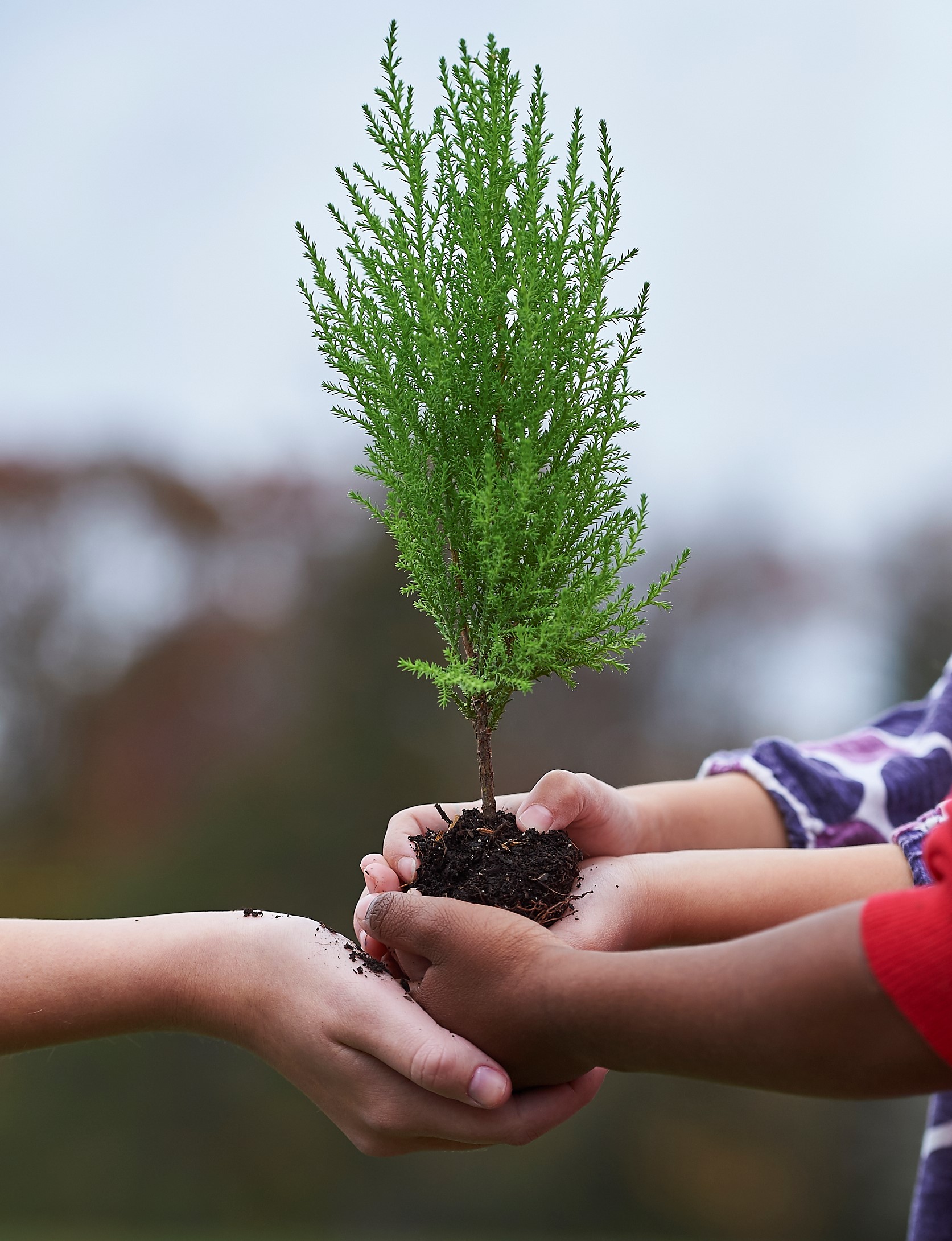

10201601769%20(1).jpg)
